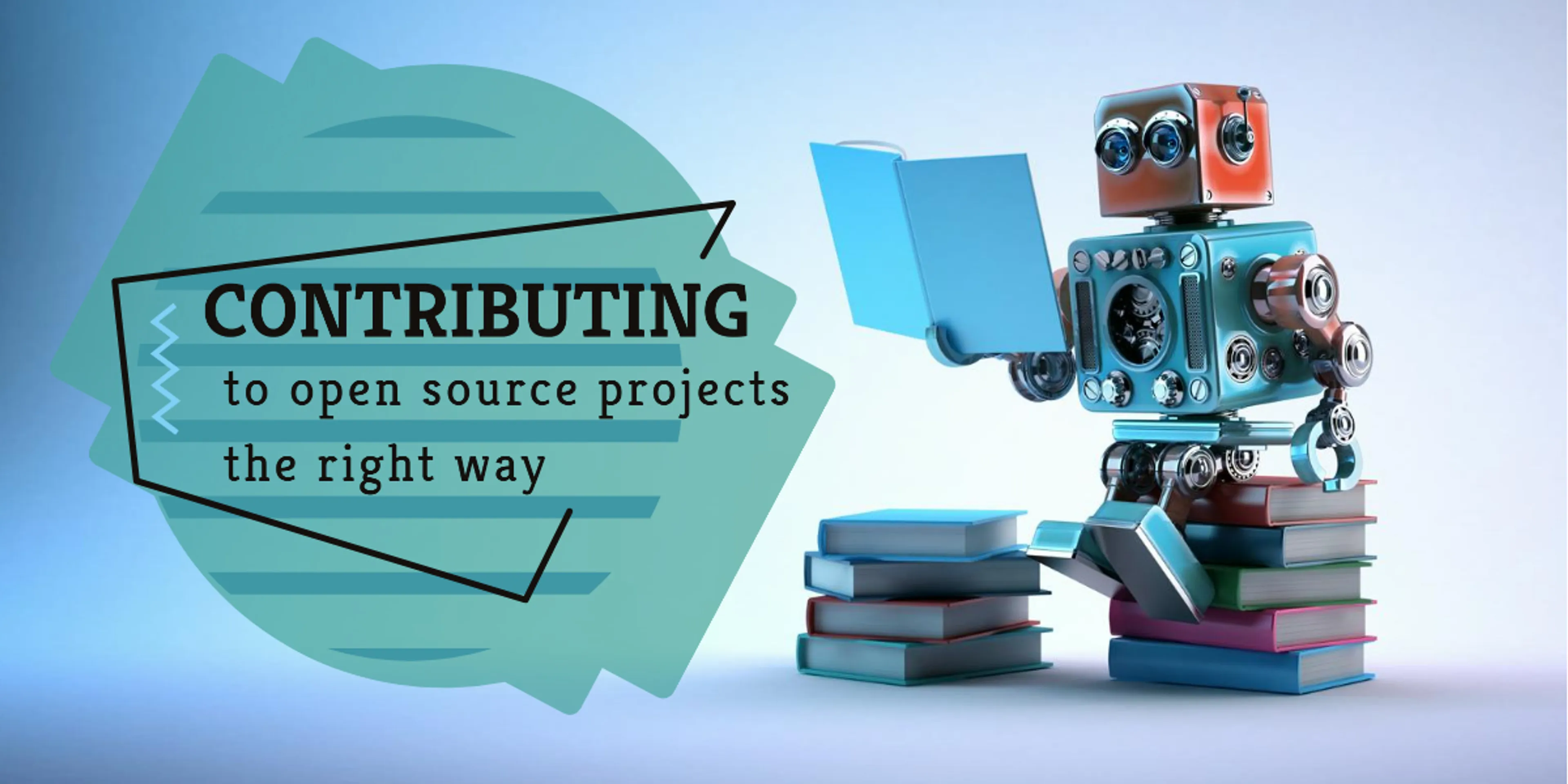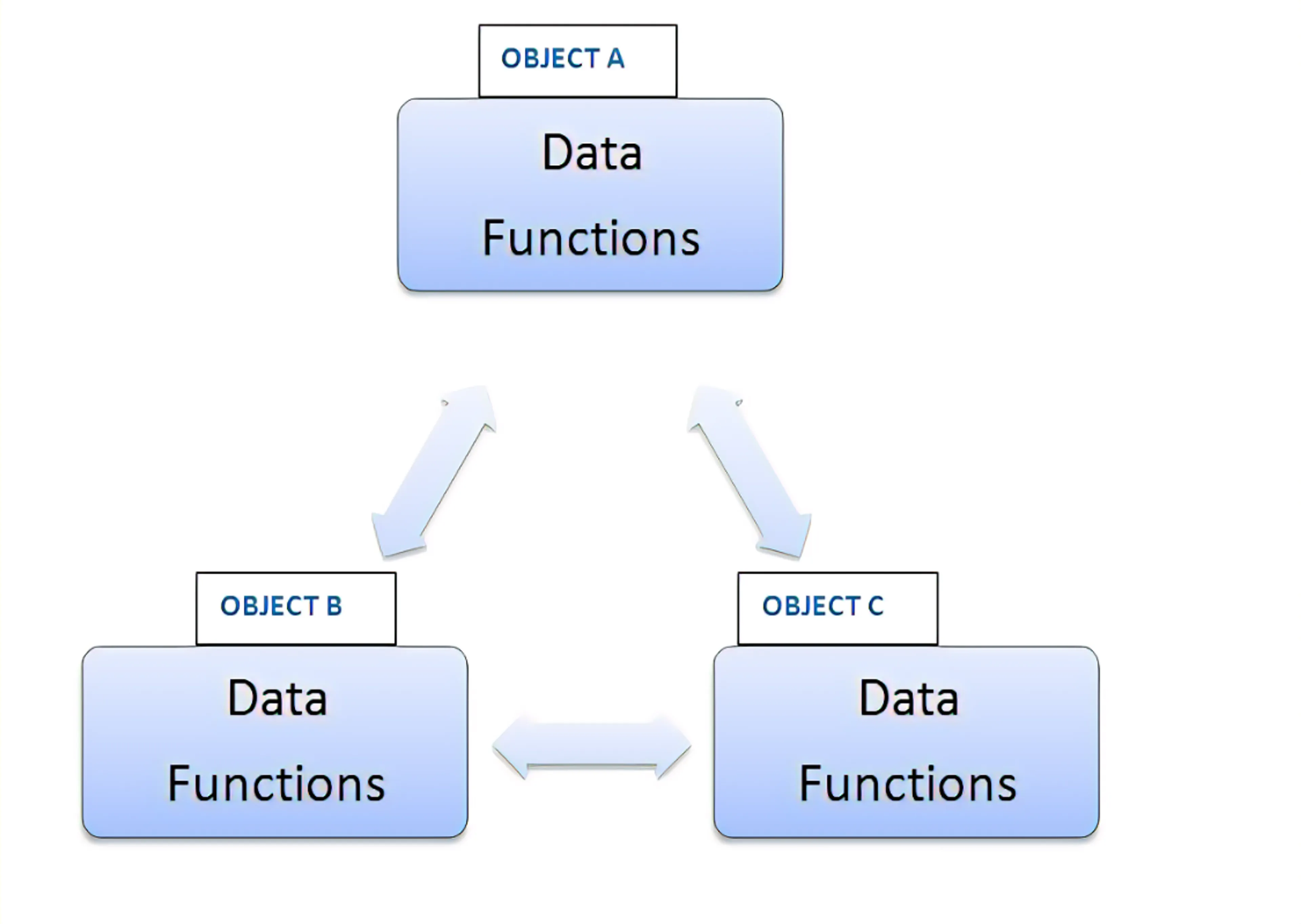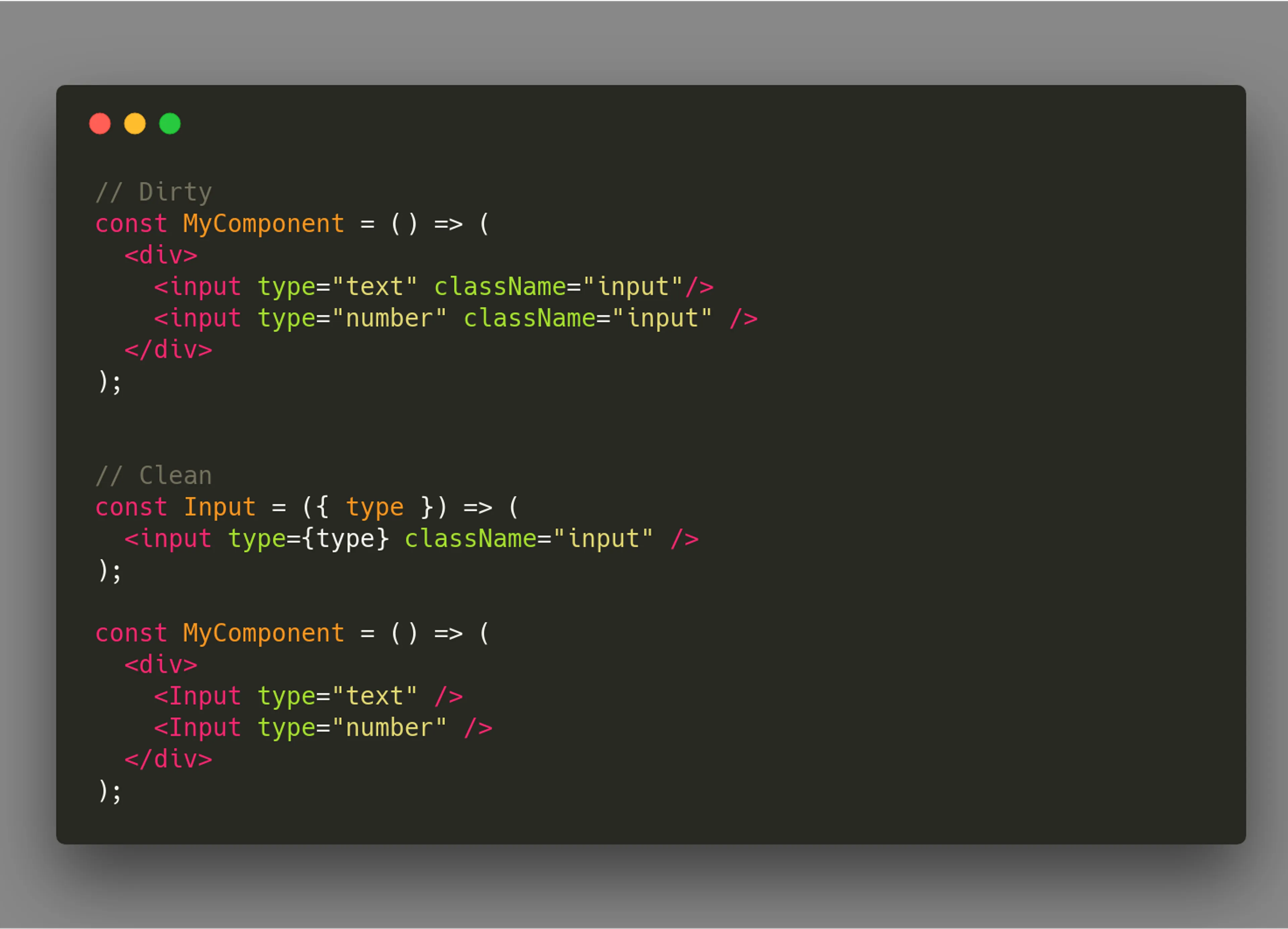
In an increasingly digital world, coding has become a fundamental skill that empowers individuals to understand and shape the technology around them. Recognizing the importance of early exposure to programming concepts, there has been a growing movement to introduce coding to children. In this exploration, we'll delve into the significance of teaching kids how to code, the benefits it offers, and various approaches to make programming accessible and enjoyable for the next generation.
1. Why Teach Kids to Code?
The need to teach kids to code is driven by several compelling reasons:
Digital Literacy: In the modern era, digital literacy is as important as traditional literacy and numeracy. Understanding the language of computers equips children with the skills to navigate and thrive in the digital age.
Problem Solving: Coding fosters problem-solving abilities by encouraging kids to break down complex challenges into manageable steps and solutions.
Creativity: Programming is a creative endeavor that enables kids to express themselves through digital projects, from art and music to games and animations.
Future Opportunities: As technology continues to shape our world, careers in programming and technology are in high demand. Early exposure to coding can open doors to exciting future opportunities.
2. Benefits of Coding for Kids
Teaching kids to code offers a multitude of benefits:
Logical Thinking: Coding cultivates logical thinking and structured reasoning, skills that are transferable to various aspects of life.
Math and Science Skills: Programming reinforces math and science concepts by applying them to real-world situations.
Persistence: Coding challenges often require persistence and a growth mindset, teaching kids not to fear failure but to embrace it as a learning opportunity.
Computational Thinking: Coding introduces kids to computational thinking, the ability to analyze problems and design solutions systematically.
3. Making Coding Kid-Friendly
To make coding accessible and engaging for kids, educators and parents can employ the following strategies:
Visual Programming Languages: Tools like Scratch and Blockly use a block-based interface, allowing kids to create programs by stacking code blocks visually.
Game-Based Learning: Coding games and apps, such as Minecraft: Education Edition and CodeCombat, combine coding challenges with gameplay, making learning fun.
Interactive Activities: Hands-on activities like building robots or programming drones provide tangible experiences that enhance coding comprehension.
Storytelling: Coding can be used to create interactive stories and animations, fostering creativity and narrative skills.
4. Coding in Education
Coding has found its way into the classroom as educators recognize its educational value:
Curriculum Integration: Many schools incorporate coding into their curriculum, either as a standalone subject or integrated into existing courses.
STEAM Education: Coding is often part of STEAM (Science, Technology, Engineering, Arts, and Mathematics) programs that encourage interdisciplinary learning.
Coding Clubs and Camps: Extracurricular coding clubs and summer camps provide opportunities for kids to explore coding in a collaborative and supportive environment.
5. Parental Involvement
Parents play a crucial role in introducing coding to their children:
Learning Together: Parents can learn coding alongside their kids, fostering a shared learning experience.
Providing Resources: Access to coding resources, books, online courses, and coding kits can help kids explore programming at their own pace.
Encouragement: Offering encouragement and celebrating small coding achievements can boost a child's confidence and motivation.
6. Conclusion
Coding for kids is not just about preparing the next generation of software developers; it's about equipping them with valuable skills and fostering creativity, problem-solving, and critical thinking. By introducing coding early, we empower children to harness the power of technology and become active creators in the digital world, setting them on a path to success in an ever-evolving technological landscape.


